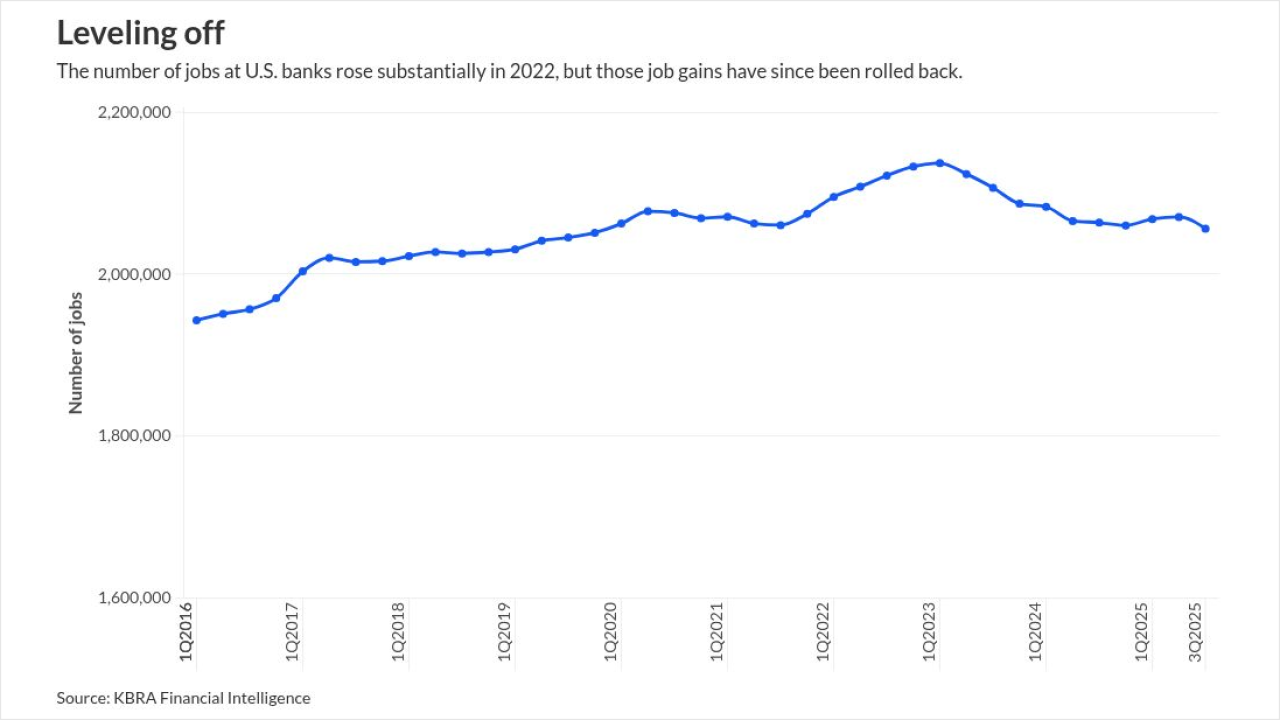- Key insights: Canadian banks, fintechs and commerce companies have come together to develop a Canadian dollar-backed stablecoin.
- What's at stake: The move comes as U.S.-based banks continue to evaluate their own participation in the post-GENIUS Act world.
- Forward look: The stablecoin is slated to go live in early 2026.
Canadian banks, fintechs, financial institutions and commerce companies have banded together to develop a Canadian dollar-backed stablecoin, which is slated to hit the market in early 2026.
The National Bank of Canada, ATB Financial, Shopify, Shakepay, Urbana Corporation, Wealthsimple and Purpose Unlimited have made a $10 million investment into digital asset infrastructure provider Tetra Digital Group to create a stablecoin backed by Canadian reserves. Tetra will serve as the issuer of the stablecoin when it launches next year. The reserves will be held by a licensed, deposit-taking entity.
The consortium wants to reestablish Canada as a leader in digital assets and protect Canadian sovereignty amid rising interest in U.S. dollar-backed stablecoins.
"There is going to be a need for other currencies to be made available for on-chain swapability and exchange," Didier Lavallee, CEO of Tetra Digital, told American Banker.
"We want a stablecoin to represent Canada on a global basis. But also, the distribution and the success of this stablecoin means that there's additional deposits coming into Canada, and that's an important piece as well," Lavallee said.
Why go the consortium route?
Many banks in the U.S. have a
For the National Bank of Canada, which is the sixth largest bank in the country with 462.23 billion Canadian dollars in assets as of 2024, the consortium offered an opportunity to shape the future of stablecoins in the country, said Joshuah Lebacq, principal at NAventures, the venture capital arm of the National Bank of Canada.
"We want to play an active role in developing an infrastructure that could be important for the future of Canadian financial services," Lebacq told American Banker. "Stablecoins are one potential building block of that future, and we believe it's important to take part in shaping the ecosystem from the outset. We chose to act now, in order to be ready for what may come."
The consortium offers not only a seat at the table to develop the country's first stablecoin, but also improve speed to market and provide an established distribution network, according to Daniel Ordibehesht, head of strategy, corporate development and ventures at ATB Financial, one of the largest
"The most important step that we've taken as a medium sized bank is we can't have the attitude of one of the largest banks in Canada that has mega scale, whereby you can do everything yourself," Ordibehesht told American Banker. "We have the flexibility in terms of being medium size, [and] we're also very open minded to the industry, and therefore we have insight into it, because we're banking many of the players."
Most importantly, the consortium allows ATB Financial to move fast, Ordibehesht said. "We have distribution through that network and with us as a bank, we can hold the fiat behind that. That's not confirmed yet, but we are hoping to hold the fiat. If we're directly involved in the consortium that immediately gets network effects, that would be hard to displace from a bank issued coin or a central bank issued coin," he said.
To be sure, a well-designed coalition can facilitate adoption, Duane Block, digital asset lead at Accenture, told American Banker.
"If it has the ingredients of a compliant issuer, clear disclosures in governance, retail distribution, merchant acceptance, they're on the way," Block said. "Distribution is difficult and expensive to achieve. This decision is one that banks evaluate. And when they have the option of a well-designed coalition, they recognize it is a path to elevate a stablecoin from an experiment or something they've issued alone into a mainstream payments instrument with an ecosystem to support it."
There is a trade-off for going the consortium route, ATB's Ordibehesht said. "We won't be the ultimate benefactors of that when compared to ultimately owning the coin, but with Shopify involved, National Bank involved, Wealthsimple involved, Shakepay and Purpose Financial, we believe we can get distribution."
Companies involved in a consortium also need to figure out how to divide up revenue allocation and governance and control responsibilities, said Roy Ben-Hur, managing director in Deloitte's Risk & Financial Advisory practice.
"It's a valid model," Ben-Hur told American Banker. "There are already global models that are operating like that where you've got a consortia, and then if you step into a consortia, you get a piece of [the revenue] based on how much fiat you put in and you burn."
A consortium also reduces the pressure on banks that haven't ironed out their ideal use cases to be first movers, said Michelle Swiec, managing director of deal advisory and strategy at KPMG.
"You don't have to build as a smaller bank the infrastructure that maybe a JPMorgan would, but you can leverage some of these other financial banking technology companies, like FIS or Fiserv … if you're interested in launching stablecoins," Swiec said
Diverging from the dollar
For Canadian financial institutions and businesses, a Canadian dollar-backed stablecoin will help decrease friction in the country's payment processes.
"This is exactly the kind of infrastructure news I've been hoping to see," said Julien Cousineau, CEO at Flinks, in a LinkedIn post. Flinks is a Canadian open banking fintech.
"Right now, if you send a wire transfer after most banks' 4 to 5 p.m. cutoff, your funds get processed the next business day – or after the weekend if it's Friday. So, depending on timing and the payment system you use, funds can sit unusable for days," Cousineau said. "With this stablecoin, businesses will be able to move money instantly to suppliers in different time zones, any day of the week. … This kind of partnership is exactly what we need to keep Canadian fintech competitive globally."
It also means potentially more deposits for Canadian banks as they look to curb the risk of losing deposits to U.S. dollar-backed coins that offer returns.
"We could foresee a scenario where you have extreme U.S. dominance — you're already seeing it with U.S. exchanges offering Canadians 4.5% to hold their Canadian deposits in U.S. stablecoins. What that essentially means is it's a flight from the Canadian economy to the U.S. economy," ATB's Ordibehesht said.
Approximately 99% of all stablecoins in circulation are U.S. dollar-dominated, according to JPMorganChase.
That's largely because there's a huge demand for the United States greenback, said Kevin Lehtiniitty, founder and CEO of Borderless.xyz, a stablecoin orchestration and liquidity platform.
"USD-backed stable coins are very successful, not because they're stablecoins, but because there is global demand for the U.S. dollar," Lehtiniitty told American Banker. "I do not think that there is strong global demand to hold your savings in Canadian dollars or in Brazilian reals or in Colombian pesos. There's an FX use case, but the FX use case is transitory. I mint it, I swap it, I redeem it. It's not, hold my life savings in it or my treasuries in it."






